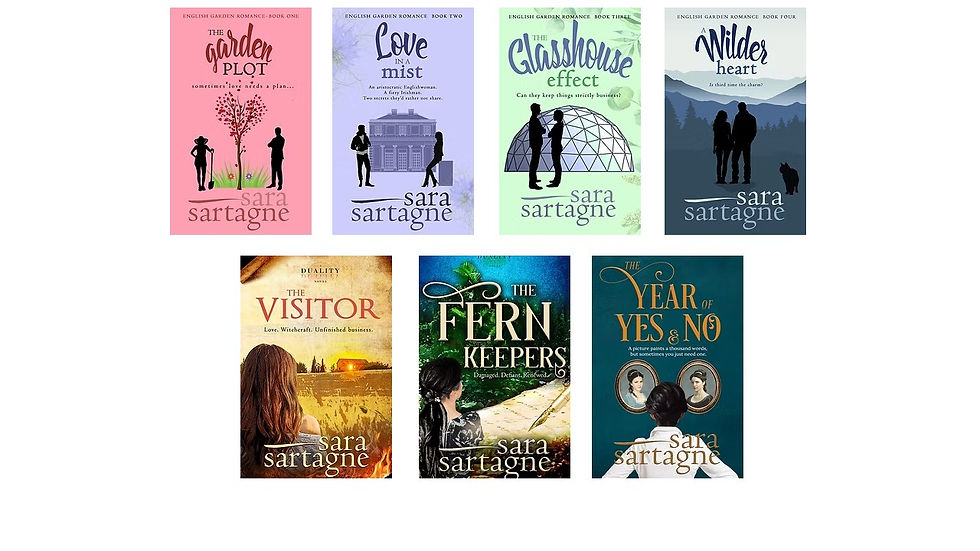Trying to do the right thing
- Allie Cresswell

- Nov 25, 2021
- 3 min read
Eighteen months ago, upon the killing of George Floyd, there was a long-overdue upsurge in calls for proper equality and inclusion in all aspects of our lives, including in the books we read and write.

At the time I was working on a Regency romance, The House in the Hollow. My main character was what today we would call an entrepreneur, who had made himself wealthy by association with the East India Company (EIC). This was an independent collective of merchants who systematically exploited the mineral wealth, arts, cultural richness and human resources of India for their own enrichment and for the aggrandisement of the British Empire. The EIC negotiated their own trade deals with the ruling dynasties of the various Indian provinces. They kept an armed militia that was at one time more numerous and powerful than any national army in the world, and so in cases where the ruling Maharajas were reluctant to negotiate, the EIC brought force to bear. One way or another they occupied and controlled vast swathes of the continent, shipping enormous quantities of priceless artefacts, minerals, wood, precious gems, raw materials and ore back to Britain. Of course, they also brought Indian people, as servants and clerks, as skilled craftspeople and, sometimes, as wives, sons and daughters.
The scenario I have described could just as easily apply to the West Indies, Africa, the Americas and, later to Australia. In addition to bringing home the wealth and produce of the countries they occupied, the British brought home people. Jane Austen, Trollope and Dickens make little or no mention of people of colour in the very English, very parochial societies they describe but, undoubtedly, they did exist. This was the reality-check that writers of historical novels like me were called to make; did our books reflect accurately the diversity of the places and times in which they were set.
For my own part, the answer was, no. I admit with shame that it was something I had never considered in either my historical or my contemporary novels. The nineteenth century writers I like to read and emulate had largely ignored the unarguable diversity of their times. But that wasn’t right. I wanted to answer the challenge but I did so with trepidation. It seemed to me an area in which I might annoy and offend as many people as I might please. But, with my EIC connection, I had the perfect opportunity to introduce characters of colour seamlessly and realistically into my narrative, and I did so.
In my new book, The Lady in the Veil, I have tackled head-on the subject of discrimination, of what being different meant in the mid nineteenth century and of why being judged—and valuing ourselves—only by our appearance is wrong, hurtful and damaging. One of my characters goes about thickly veiled. It is her attempt to hide away from public view but all it achieves is setting the scandal-mongering tongues of London wagging. The other is a man of colour, the son of slaves but adopted and educated by a wealthy white couple and now a successful businessman but still, sadly, the object of distrust because of the colour of his skin.


In a counter movement to the one that took off on the death of George Floyd, another now prevails. That, as a white woman I am disqualified from writing from the point of view of characters of colour; that to include diverse characters in my books is mere tokenism or simply an attempt to jump on the Bridgerton bandwagon. Respectfully, I refute this. As a writer it is my job to think myself inside the skins of characters who are not at all like me, otherwise all novels would be reduced to autobiography. In order to ensure that nothing in my book could offend, that my inclusion of characters of colour is justified and that I have portrayed them realistically, I have employed the services of a sensitivity reader. Here is her feedback: “I read this book with the mind of a person of colour and as a regular reader. Allie Cresswell portrays the mindsets, and the challenges faced by her diverse characters with great authenticity.” Zainab, Trustee, Anti Racist Cumbria.
This blog post first appeared on the B for Bookreview blog.







Comments